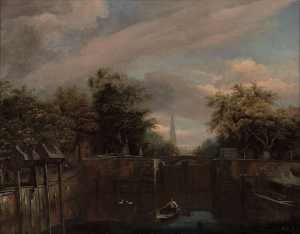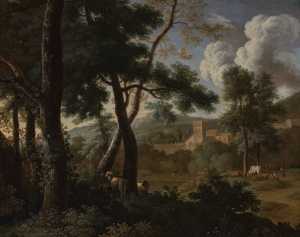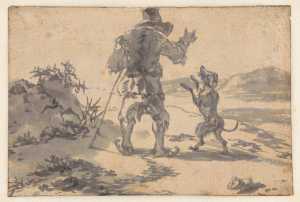
F.J.O. Boijmans (1767-1847)
Frans Jacob Otto Boijmans was the founder of the museum and gave it his name. Initially his private collection consisted chiefly of paintings by 17th-century Dutch artists. When he ran into financial difficulties, he tried to sell his collection to the Koninklijk Museum (now the Rijksmuseum), without success.
When Boijmans got back on his feet he continued his passionate collecting. To his collection of 17th-century Dutch artists he added paintings by old masters and contemporaries, drawings, prints and porcelain. On 16 June 1847 he gave his collection to the City of Rotterdam with the intention of founding a museum. Eight days later he died. In his will he indicated that he wanted to be named as founder of the museum. Two years later, the museum ‘founded by Mr F.J.O. Boymans’ opened to the public in the Schielandshuis.
Only 127 paintings from the original 1,200 in Boijmans’s collection remain in Museum Boijmans Van Beuningen. After the first inventory, conducted by A. and A.J. Lamme, some were disposed of as they were of insufficient quality. Others were lost in a devastating fire in the Schielandshuis in 1864. Among the highlights from the collection that have survived are the anonymous ‘St John Writing the Gospel’, the self-portrait of Carel Fabritius and Jan Steen’s ‘Feast of St Nicholas’.















